Stealth camping is an art that combines survival skills with a deep respect for nature. It allows adventurers to immerse themselves in the wild while minimizing their visibility to others. Here are 20 extreme tips and techniques to enhance your stealth camping experience.
16. Use A Monocular for Scouting
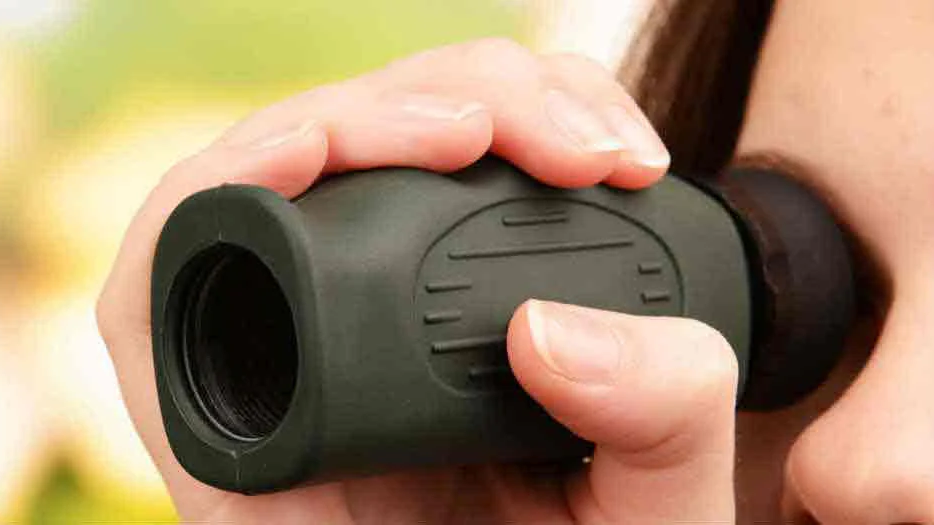
Using a monocular can significantly enhance your stealth camping experience. Instead of traipsing through the woods, a simple, compact monocular allows you to scout potential camping spots from a distance. This not only saves energy but also helps you avoid unwanted encounters with other campers or hikers.
When you attach a monocular to your backpack, it becomes an invaluable tool for identifying good camping areas ahead of time. You can observe the movements of people nearby and choose a location that offers both concealment and safety. This proactive approach is essential for successful stealth camping.
15. Use A Tarp, Not A Tent

Setting up a shelter that is both low-profile and quick to assemble is crucial. A lightweight tarp is often more versatile than a traditional tent. By laying the tarp flat on the ground and securing the corners, you create a discreet shelter that blends into the environment.
14. Employ Camo Netting
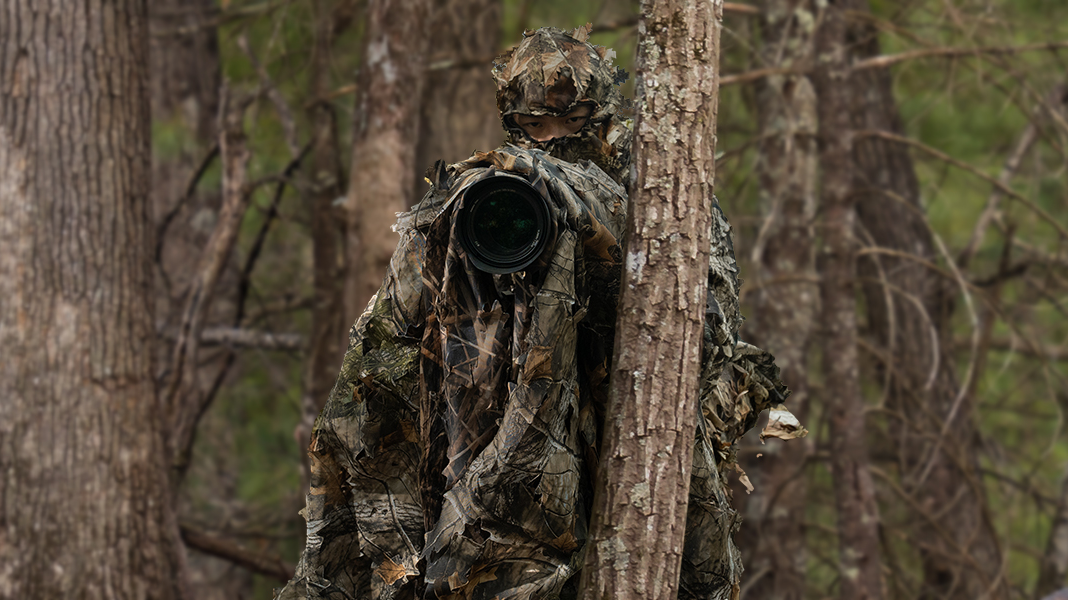
To further camouflage your setup, consider adding camo netting and nearby debris like leaves and branches. This not only breaks up the sharp edges of your tarp but also helps it blend seamlessly into the surrounding woodland, making it less visible to passersby.
13. Thermal Concealment Techniques

At night, your body radiates heat, making you visible to anyone using thermal imaging technology. To mitigate this, consider using a mylar blanket or a compact emergency bivvy. These items can significantly reduce your heat signature, making it harder for others to spot you.
By placing a mylar blanket over your body while inside your tent, you can trap heat and stay warm while also minimizing your visibility. This technique is especially useful in colder climates where maintaining warmth is essential for comfort and safety.
12. Camouflage Face Paint
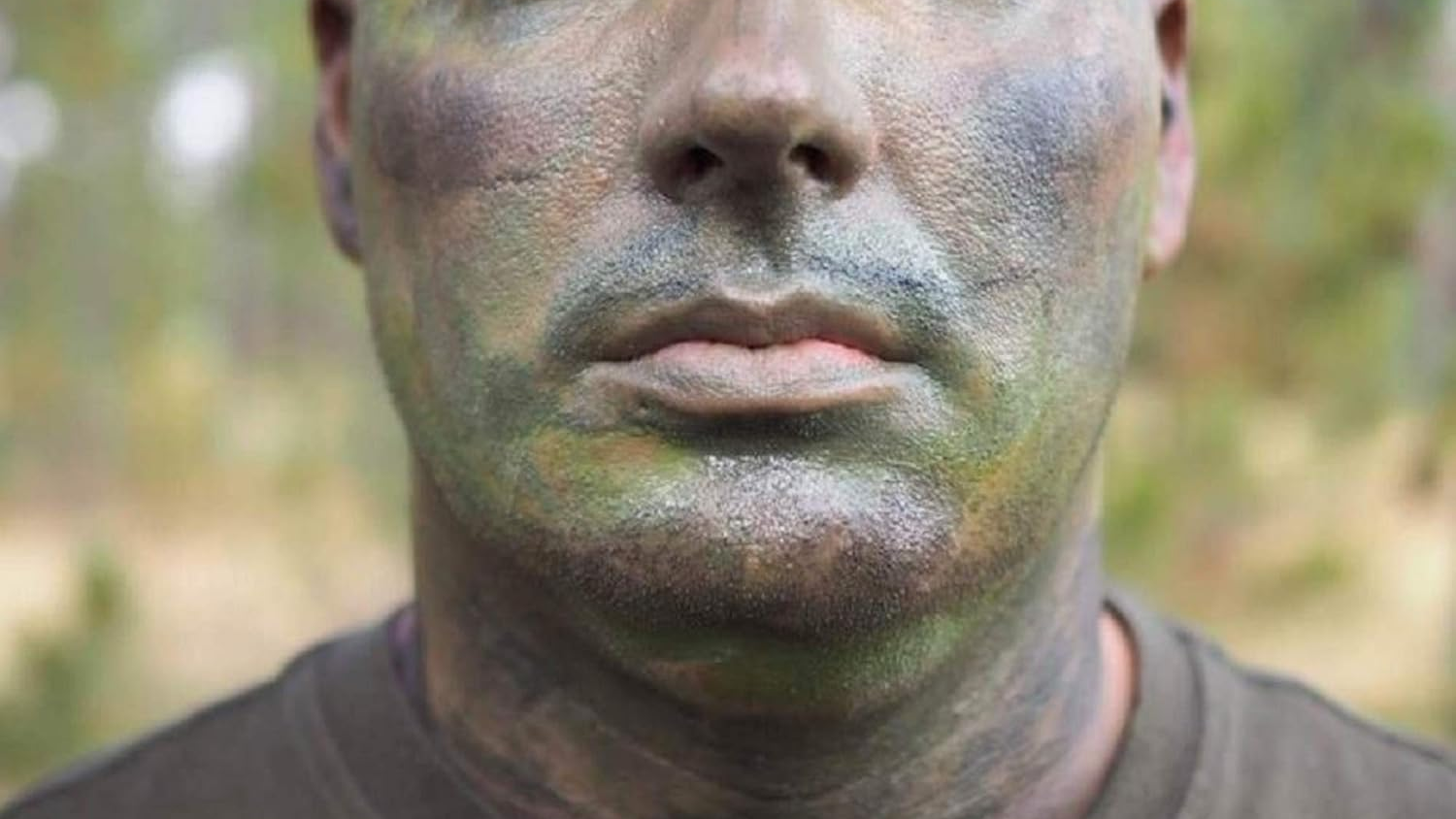
During the day, your skin tone can stand out against the natural backdrop. Applying camo face paint can help you blend in more effectively. Start with darker colors on prominent facial features and use lighter shades to blend the colors together.
If you find yourself without face paint, you can create a makeshift version using dirt or charcoal. This natural alternative can still help tone down your skin’s highlights, making you less noticeable in the wild.
11. Hammock Setup for Stealth
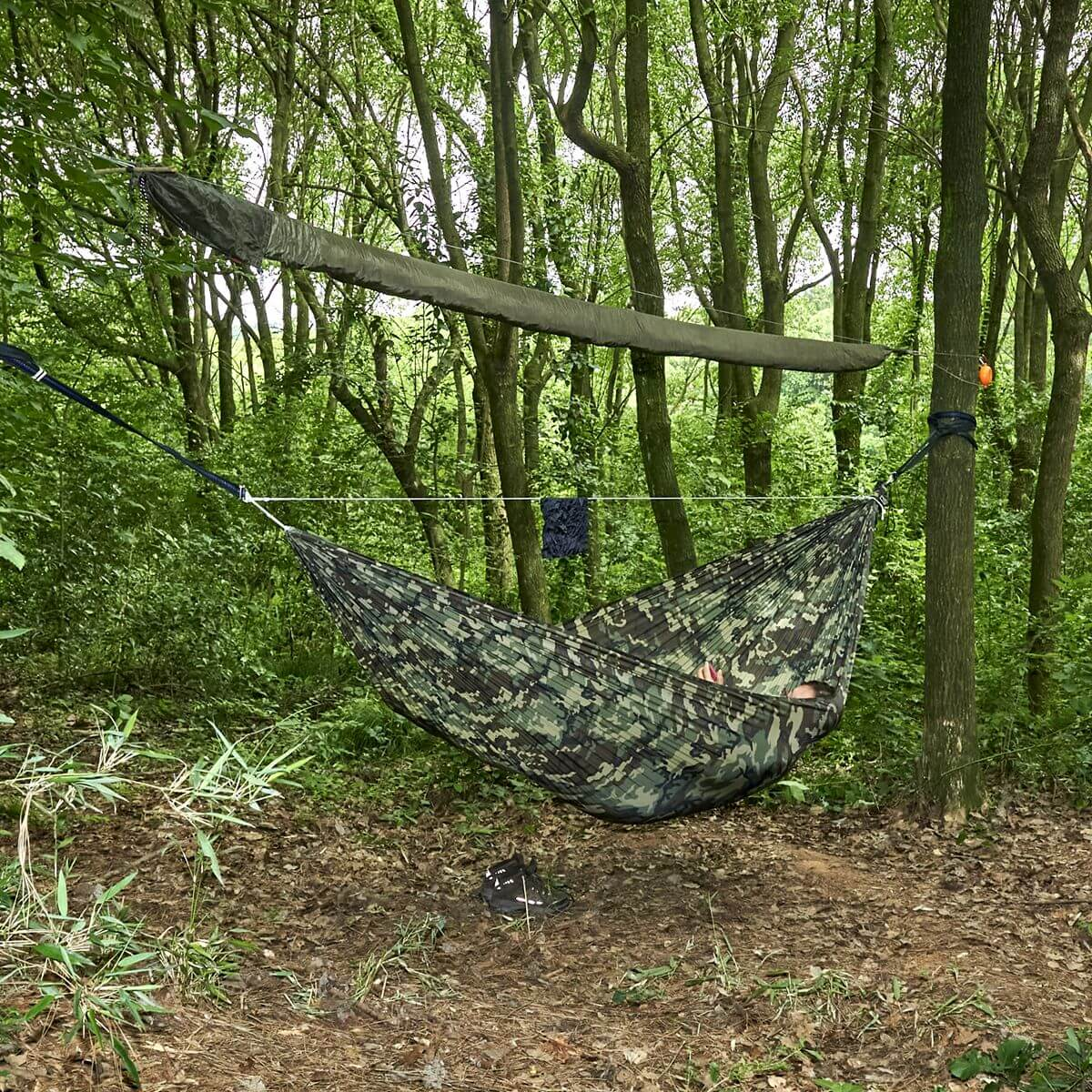
If you prefer using a hammock, consider a hammock sleeve for quick deployment. This allows you to set up or pack away your hammock swiftly, which is crucial if you need to break camp quickly.
Additionally, you can use your hammock as a ground shelter by laying it flat and raising a fly net above it. This setup can be camouflaged with netting and leaves, providing a discreet option for sleeping while still allowing for quick escape if necessary.
10. Building Natural Shelters
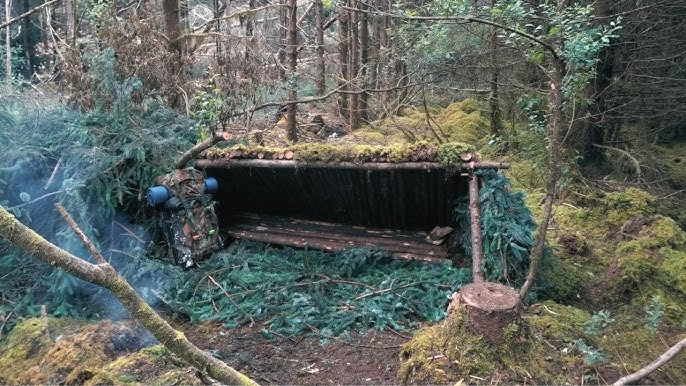
When stealth camping, consider building a shelter from natural materials. Look for areas with fallen trees or abundant building materials. This not only saves time but also helps you create a shelter that blends into the environment.
A simple structure can be made by using branches and leaves to create walls and a roof. Remember to keep your shelter low-profile and minimize its visibility by using natural debris to break up its outline.
9. Concealing Your Gear

If you need to leave your campsite to gather resources, conceal your gear by placing it in a bush and covering it with camo netting. This simple technique can prevent others from discovering your belongings while you are away.
Additionally, consider using tools with a black anodized coating. These tools do not reflect light, making them less visible in dark environments. This small change can make a significant difference in your stealth camping experience.
8. Quiet Cooking Methods
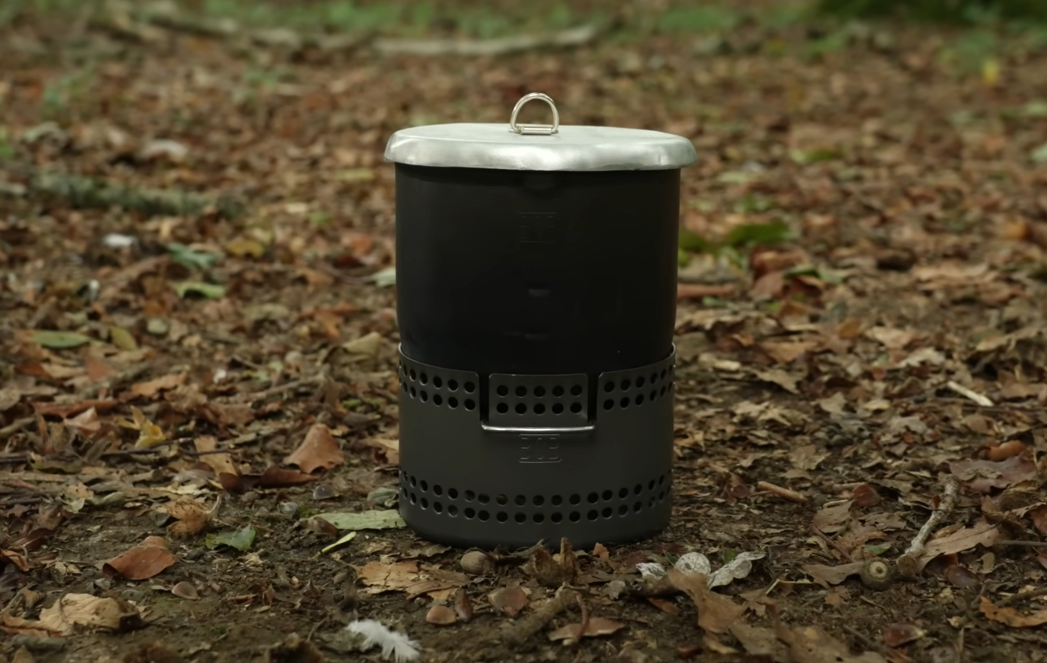
When it comes to cooking, traditional gas stoves can be loud and attract attention. Instead, opt for a mess burner or alcohol stove. These options are quieter and produce less odor, making them ideal for stealth camping.
A compact cook kit that includes an alcohol burner can be easily packed and used without drawing attention. The nearly invisible flame allows you to boil water or cook food discreetly, ensuring you remain hidden while preparing your meals.
7. Dig Discreet Fire Pits
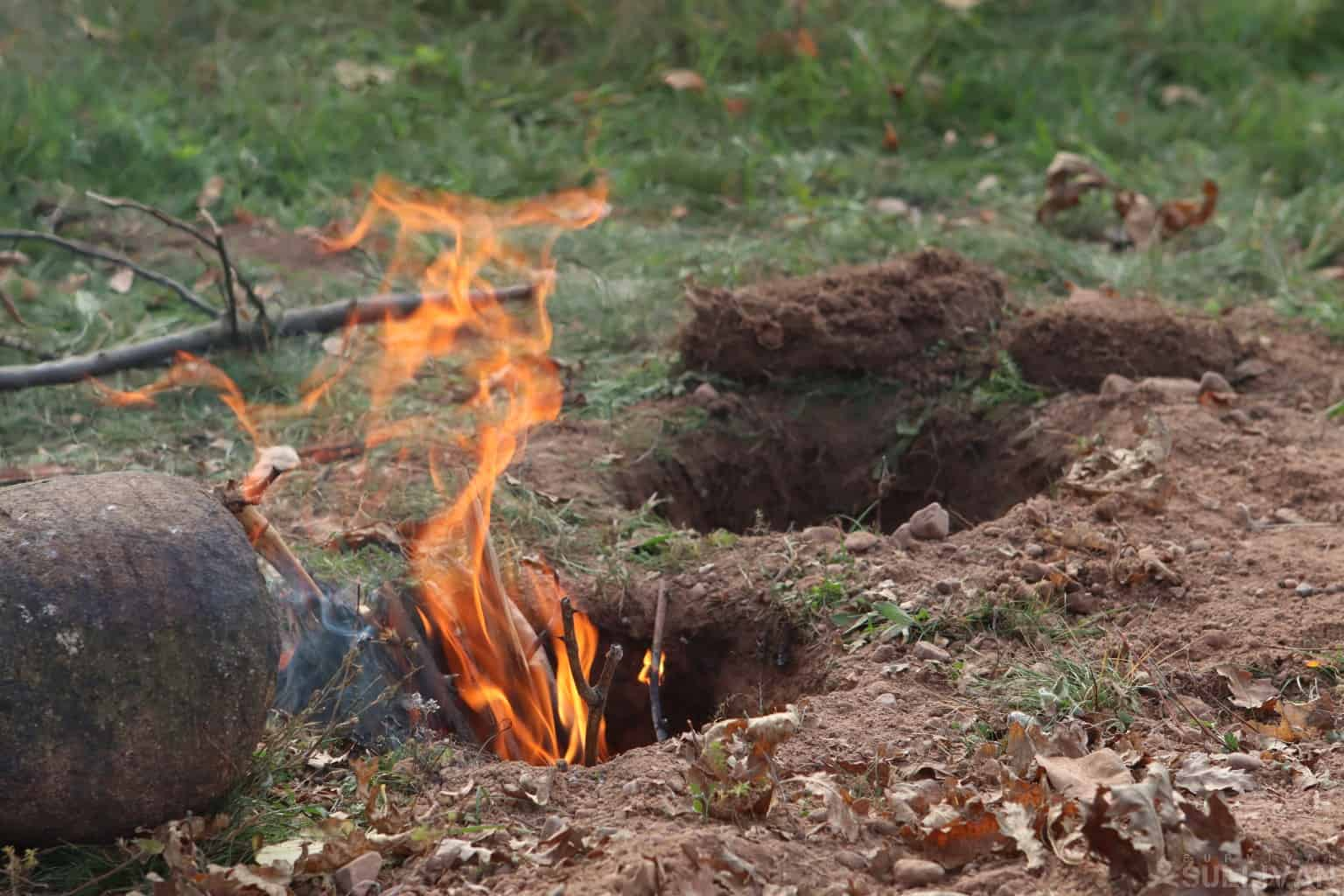
If you need to start a fire for warmth, consider digging a tunnel fire pit. This method allows you to create a fire that is less visible while still providing warmth and cooking capabilities.
6. Burn The Right Material
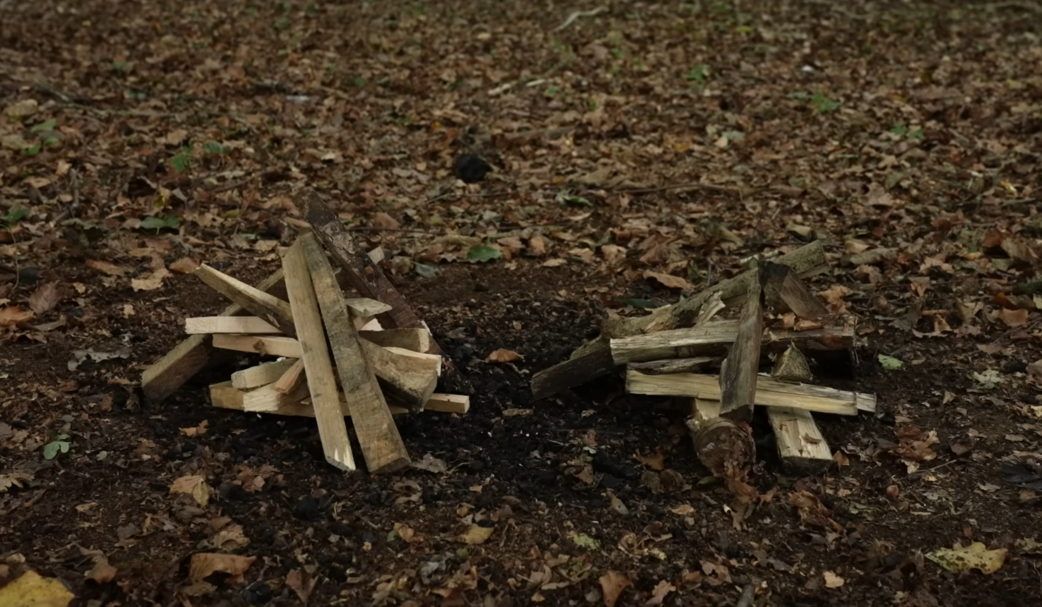
To minimize smoke, always use dry wood. Wet wood produces excessive smoke, which can easily give away your location. By sourcing dry wood from elevated areas, you can maintain a low profile while enjoying the benefits of a fire.
5. Choosing the Right Tent

If you prefer a tent, opt for one with a dark inner lining and a dark outer fly sheet. This reduces the amount of light that escapes from your tent at night, making it less visible from a distance.
When setting up your tent, avoid open areas that are easily spotted. Instead, choose locations surrounded by dense vegetation to enhance your concealment.
4. Quick Camp Breakdown
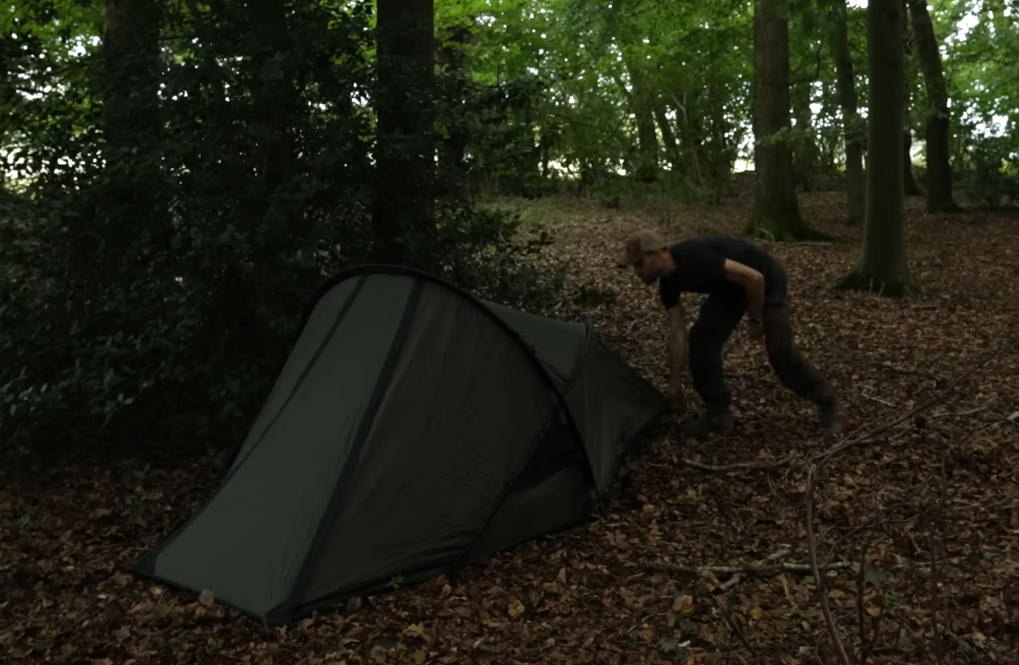
Having a large dry sack in your pack can save you time when breaking down camp. Instead of struggling to roll up a wet tent, you can quickly shove it into the dry sack and move on.
This simple tool can make a significant difference in your ability to pack up quickly and efficiently, especially in situations where you need to leave in a hurry.
3. Don’t Forget Your Glow Sticks
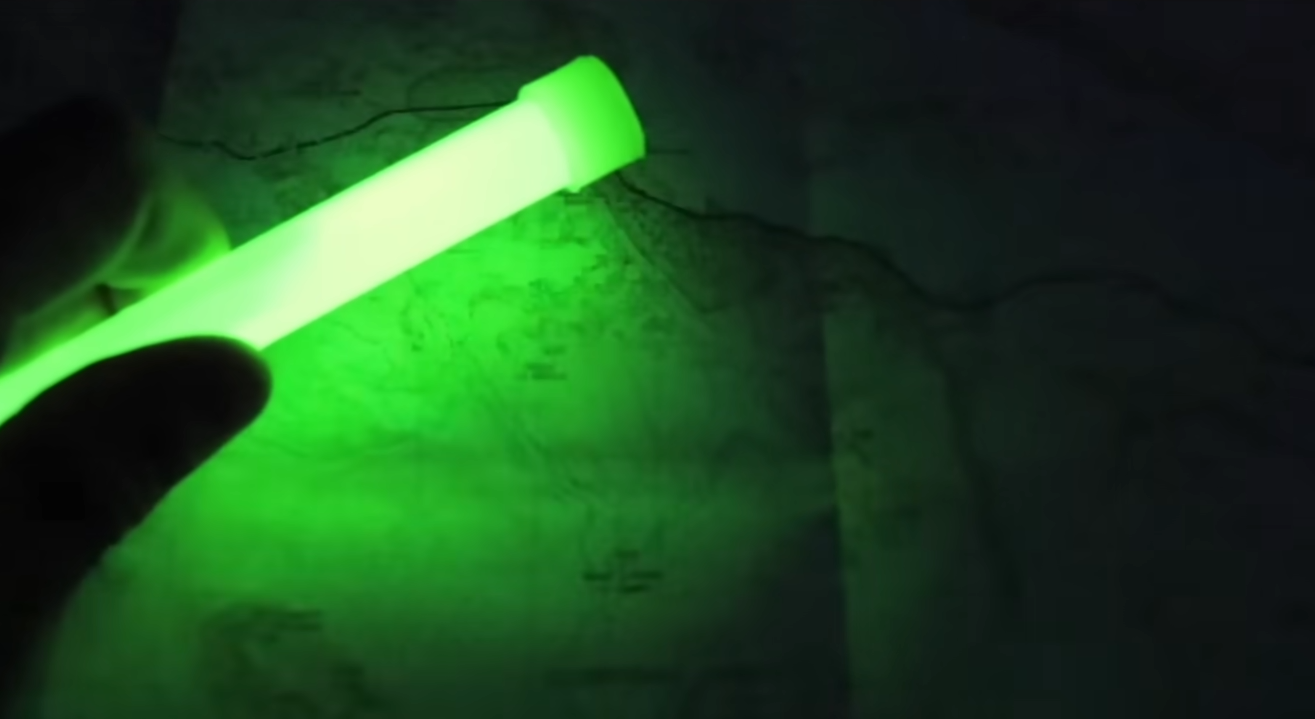
A glow stick can serve as a useful backup light source at night. It emits less light than an LED head torch, making it less likely to attract attention. Glow sticks are also lightweight and portable, meaning you can double or triple up on them without weight concerns, and they’re very cheap.
2. Pack A GPS Watch
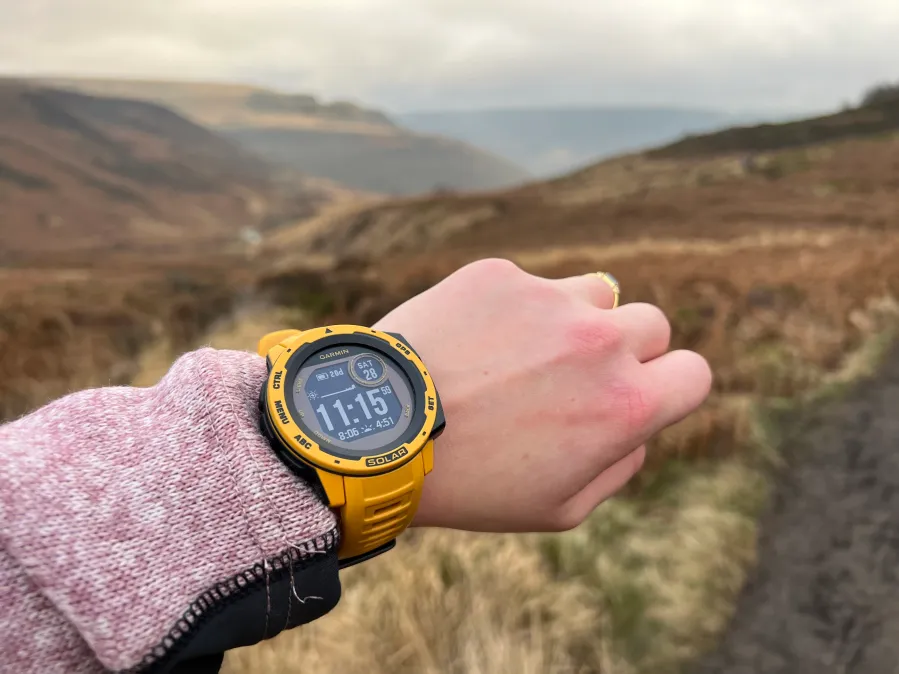
Additionally, a GPS watch can help you navigate back to your vehicle in the dark, providing an extra layer of security. While you shouldn’t rely solely on this tool for navigation, it can be invaluable in a pinch, ensuring you find your way back safely.
1. Water Filtration Solutions
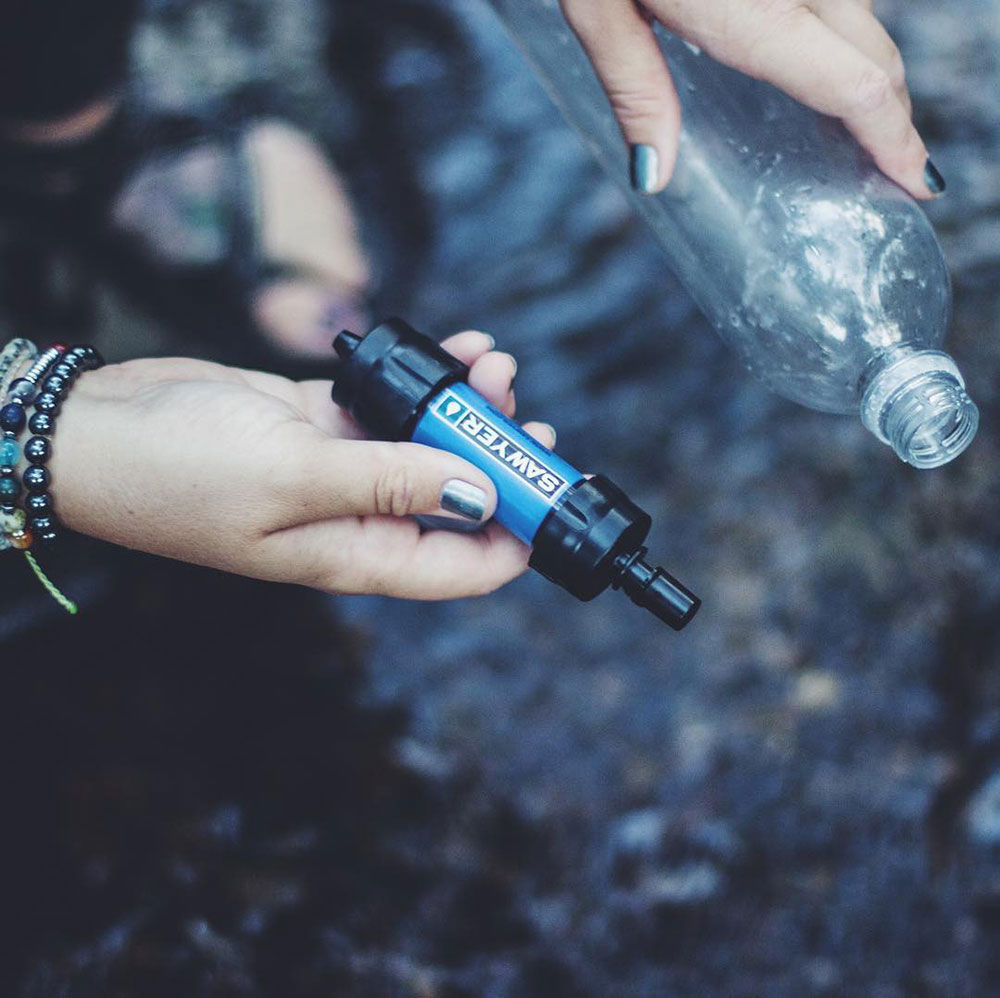
When camping, running out of drinking water can be a serious issue. Having a portable water filter can simplify the process of finding and purifying water. Many modern filters are compact and easy to use, allowing you to drink directly from the source.
This not only saves time but also reduces the need for fire or cooking equipment, making it easier to maintain a low profile while ensuring you stay hydrated.




























